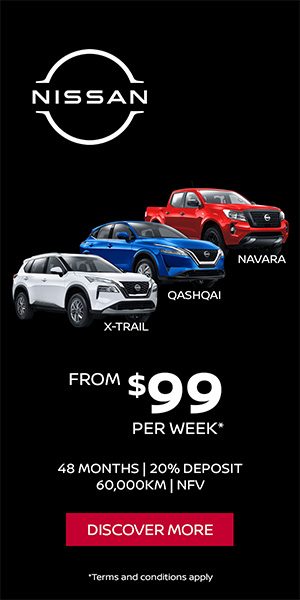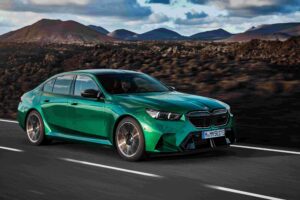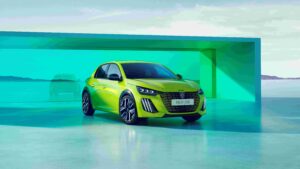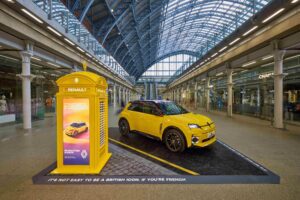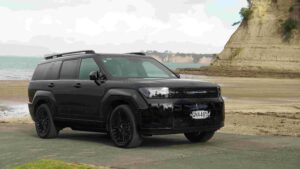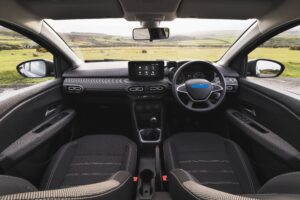“We really wanted to set out at the very beginning of the programme to make the vehicle really communicate its capability, perhaps a little more than the current one,” Max Wolff – Design Director told us as we sipped refreshments at Sirromet Winery in Mount Cotton, Queensland.
Admittedly, our road trip from the heart of Brisbane to the winery hadn’t been the most taxing, thanks in a large part to the state’s stringent adhesion to speed limits, but it did give us time to explore the huge advancements that Ford has made to the Everest cabin – more on that in a moment.
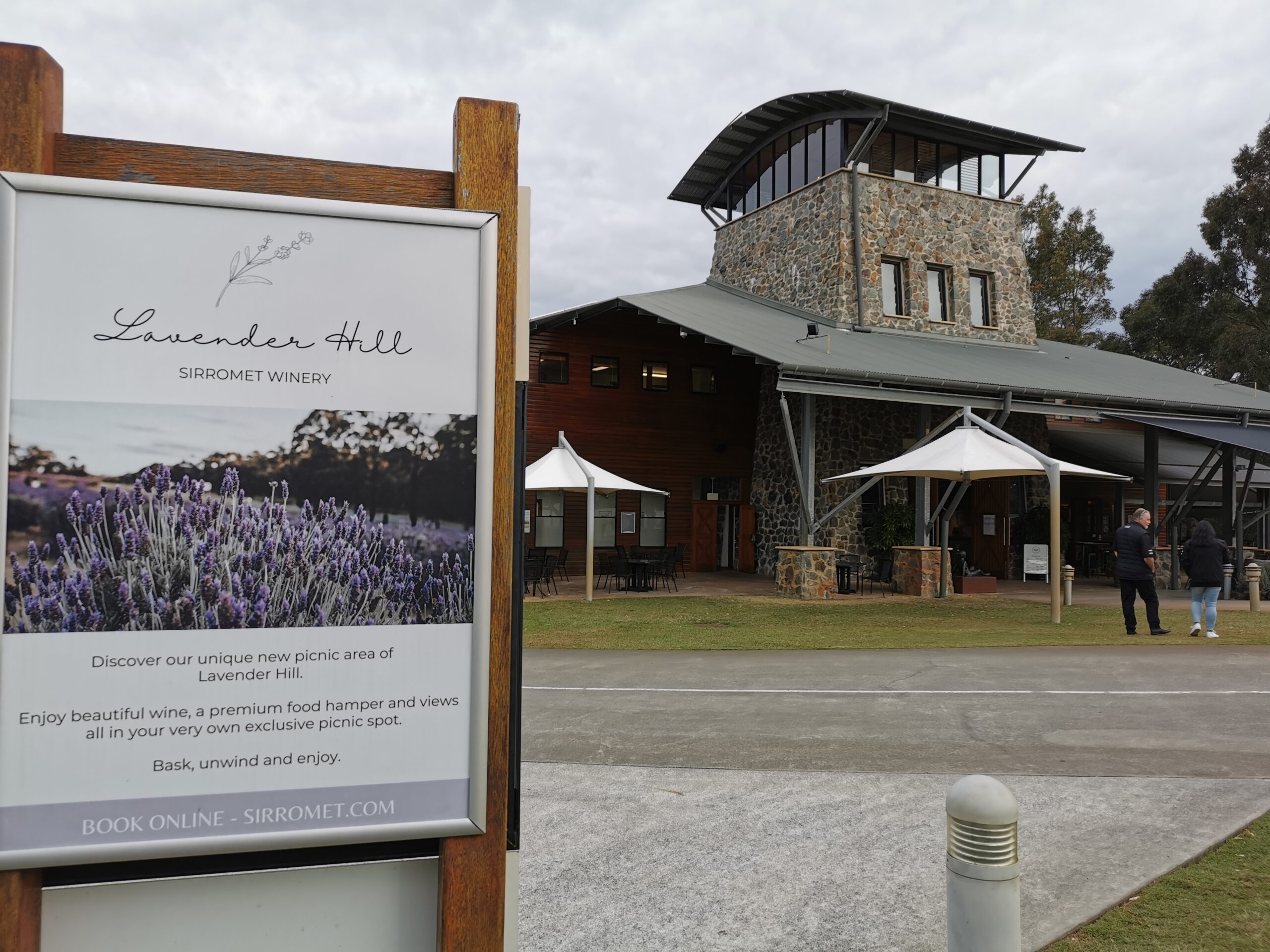
A bold new stance, refined on and off-road capabilities, and greater communication both visually and technologically were the key points expressed by the designer, with the more expansive wheelbase being of great assistance.
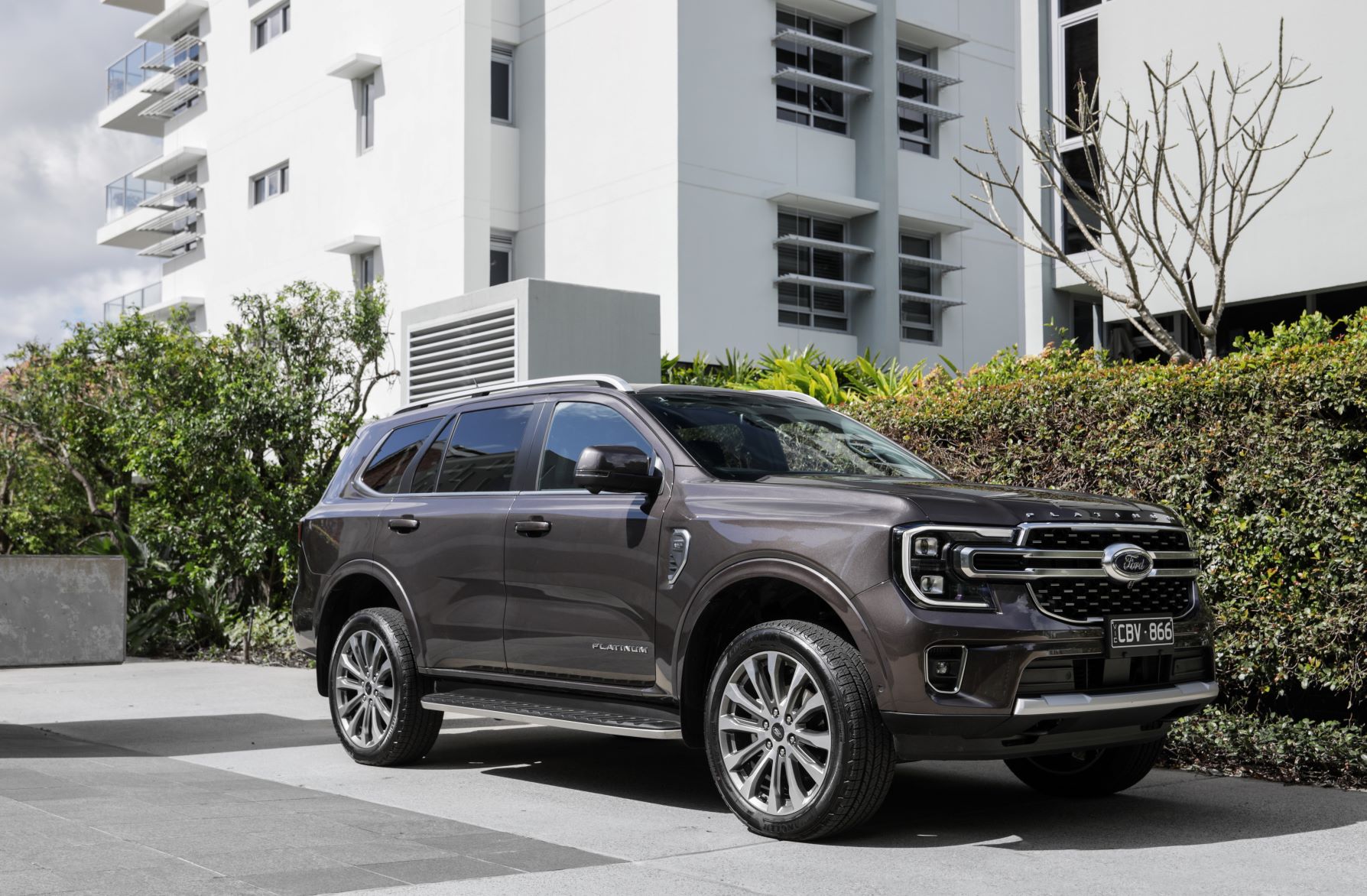
“We were helped at the very beginning by a longer wheelbase. The front wheels have moved forward by 50mm, we’ve got a wider track by about 50mm and we’ve also increased the tyre size by approximately an inch.” Max explained. “All those things combined set the framework for what we wanted to do.”
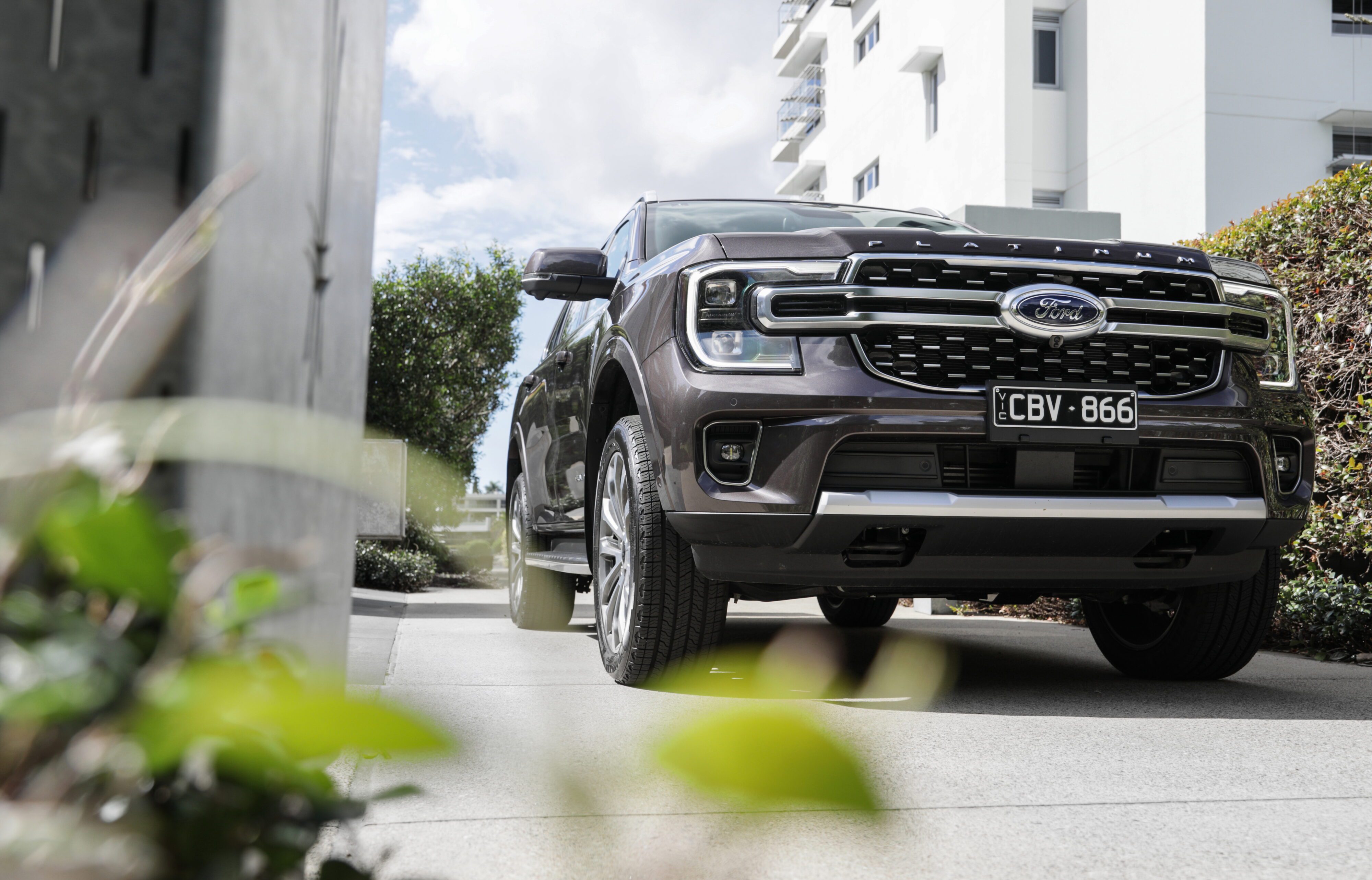
He said that they also wanted to enhance the ‘built Ford tough’ feeling, therefore some of the elements such as the single bar running across the nose and the C-Clamp lamps are familiar and yet treated in a new and modern way.
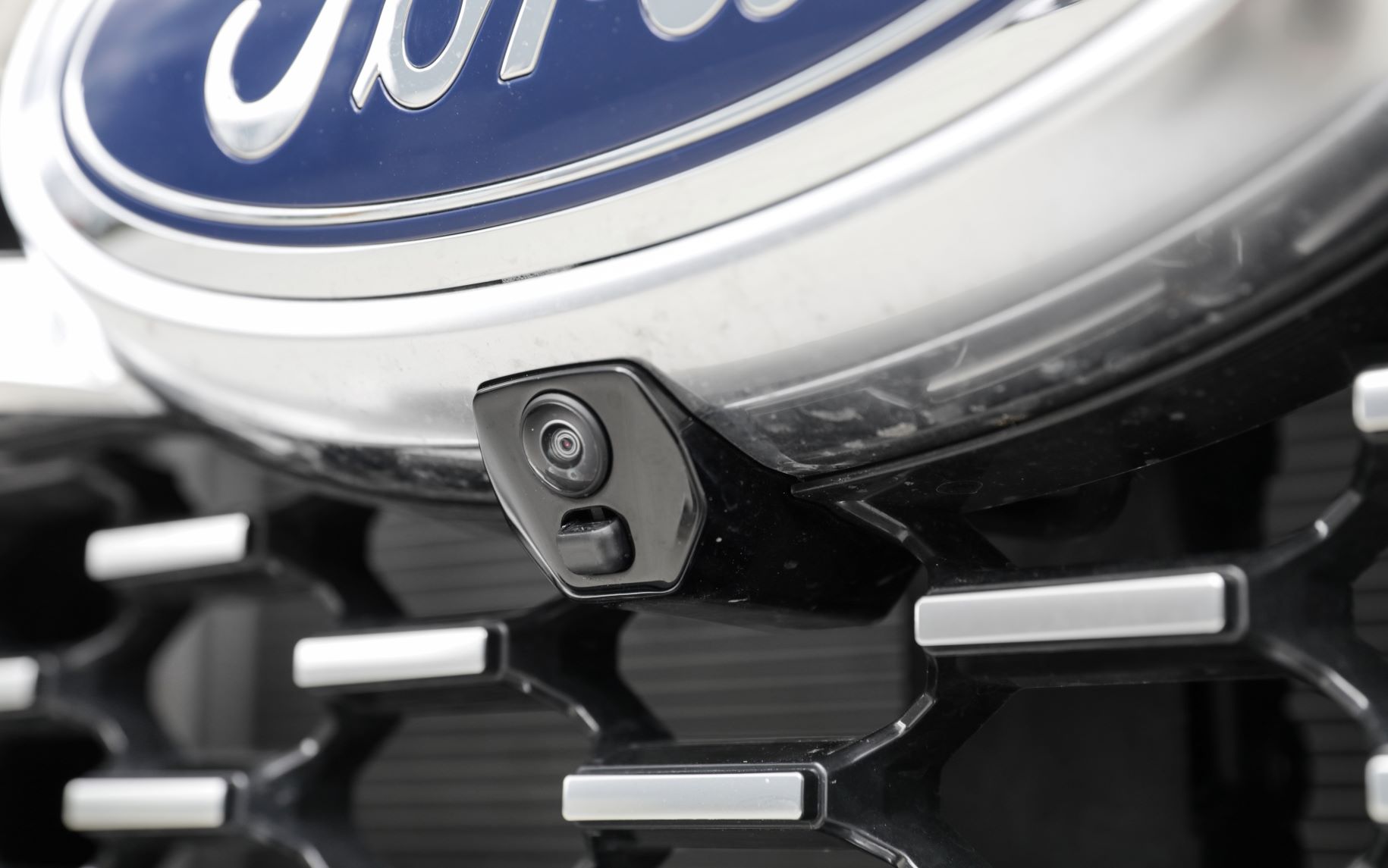
They have emphasised the width of the new Everest, making the most of the new proportions and chassis changes, for example, the Platinum model has 21-inch wheels and much larger tyres. It also has unique front and rear fascias, horizontal lines all round and really strong shoulders.
Max believes that it’s the rear that they’ve made the most strides forward from the current vehicle, with the extra track width allowing Ford to give the vehicle a much bigger stance on the road – they’ve pushed the wheels to the outside of the body to really ‘plant it’.
“We stood up the rear side glass and back lights to exaggerate the amount of space and communicate it, and generally toughen it up. Even the little things like the roof rails are ‘stand off’ as opposed to the flush ones on the current model. It feels more capable and looks more purposeful.”
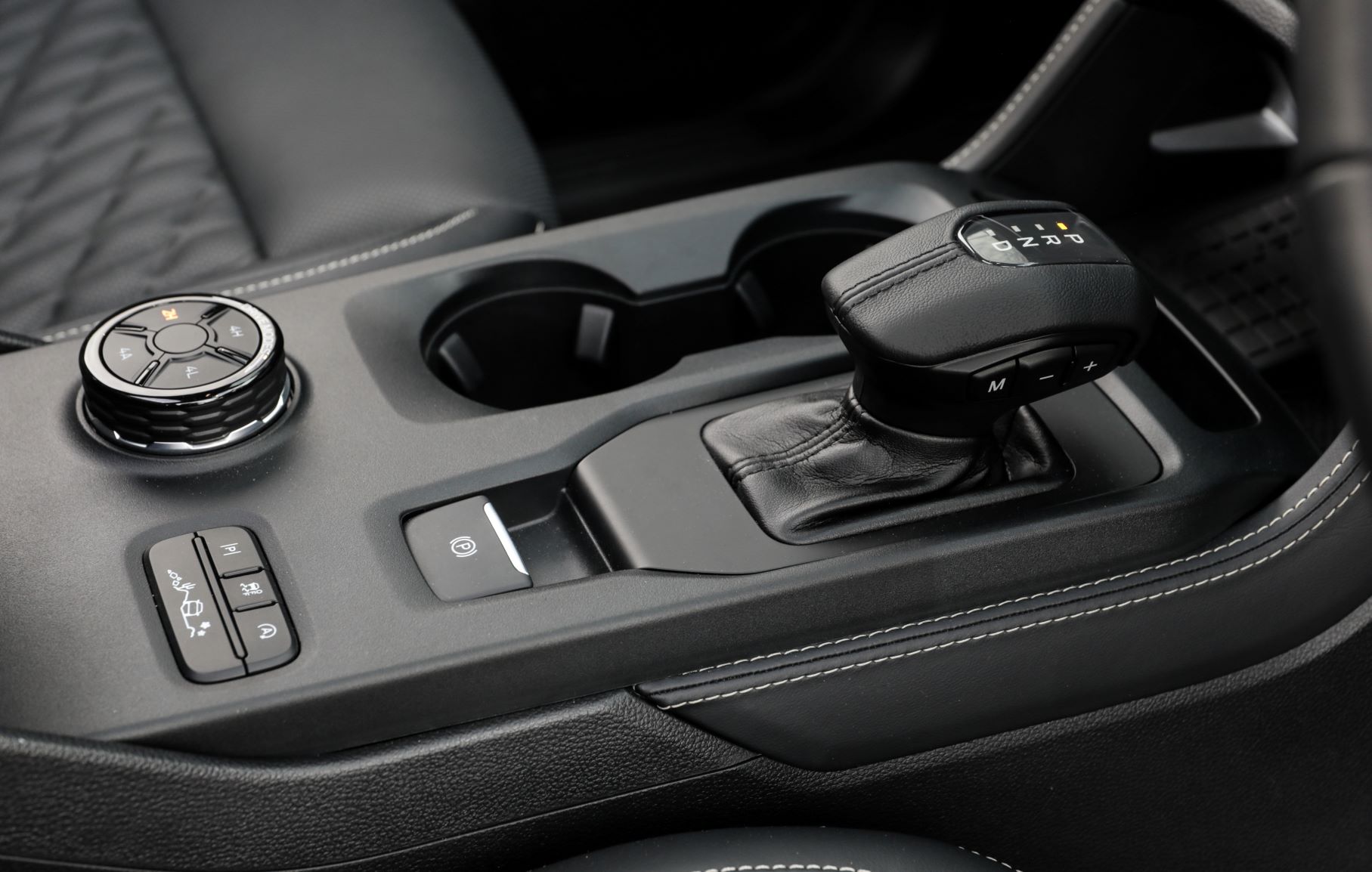
As I said in the outset, the initial drive was rather low key but the interior on the next-gen Everest is anything but. In NZ, the 2022 Everest will be available in three variants, Trend, Sport and Platinum, with the Sport and Platinum offering a 3.0L V6 turbo-diesel engine (184kW/600Nm) and the Trend being a 2.0-Litre Bi-Turbo Diesel (154kW/500Nm). They each come with a 12-inch infotainment screen, 8 or 12-inch instrument clusters (12 on the Platinum) and a spacious cabin that will comfortably seat seven.
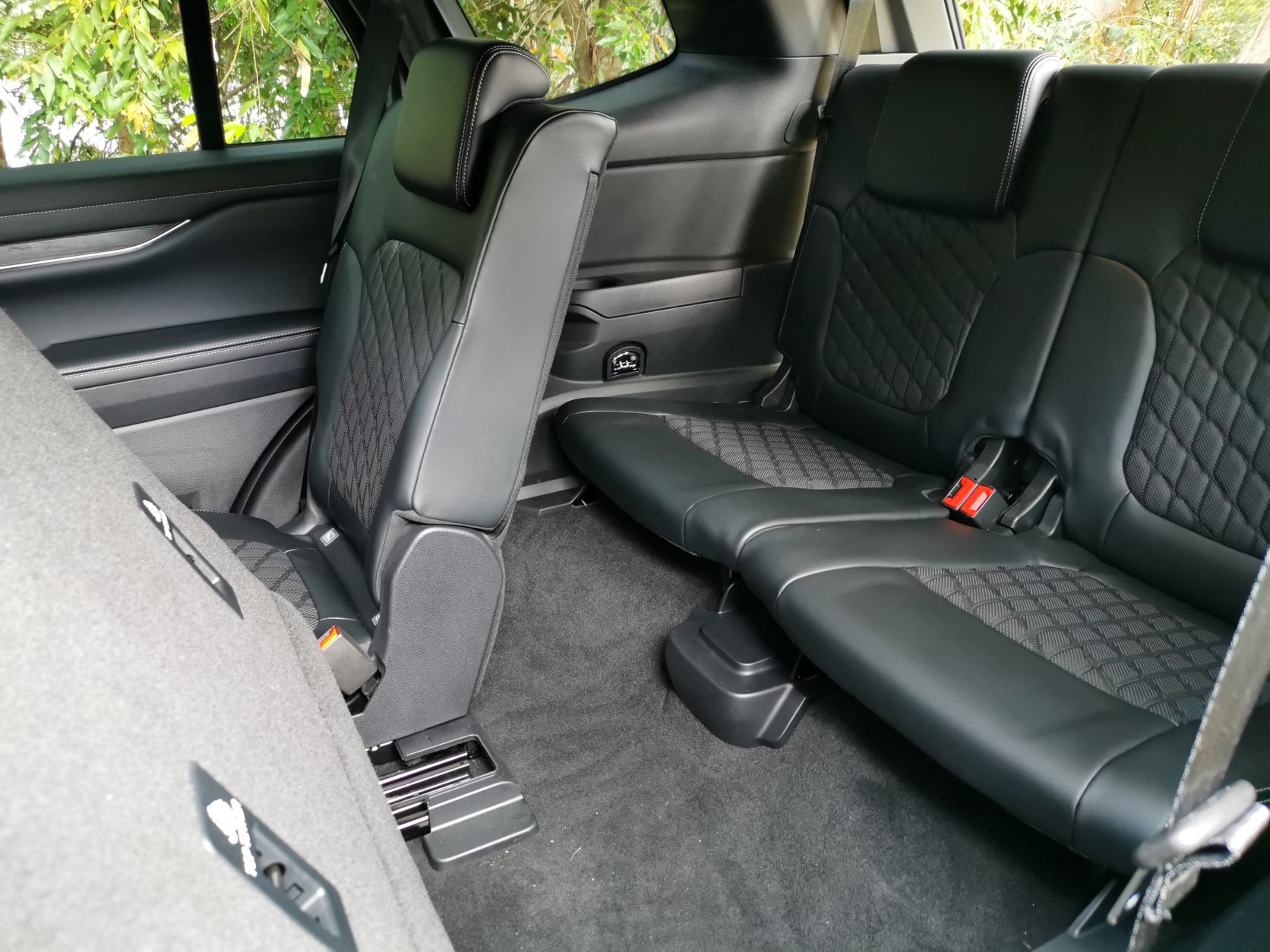
All things being equal, my preference on the tarmac was the top of the line Platinum (the 21-inch feet were not allowed to get off-road dirty) so let’s focus in on that. The exterior came with some extra bling including satin chrome accents (including in the grille), matrix LED Headlamps with auto levelling and a dual panel power panoramic roof – that should be enough for starters. There is a distinct upper-class about it and it really is a cut above the other two.
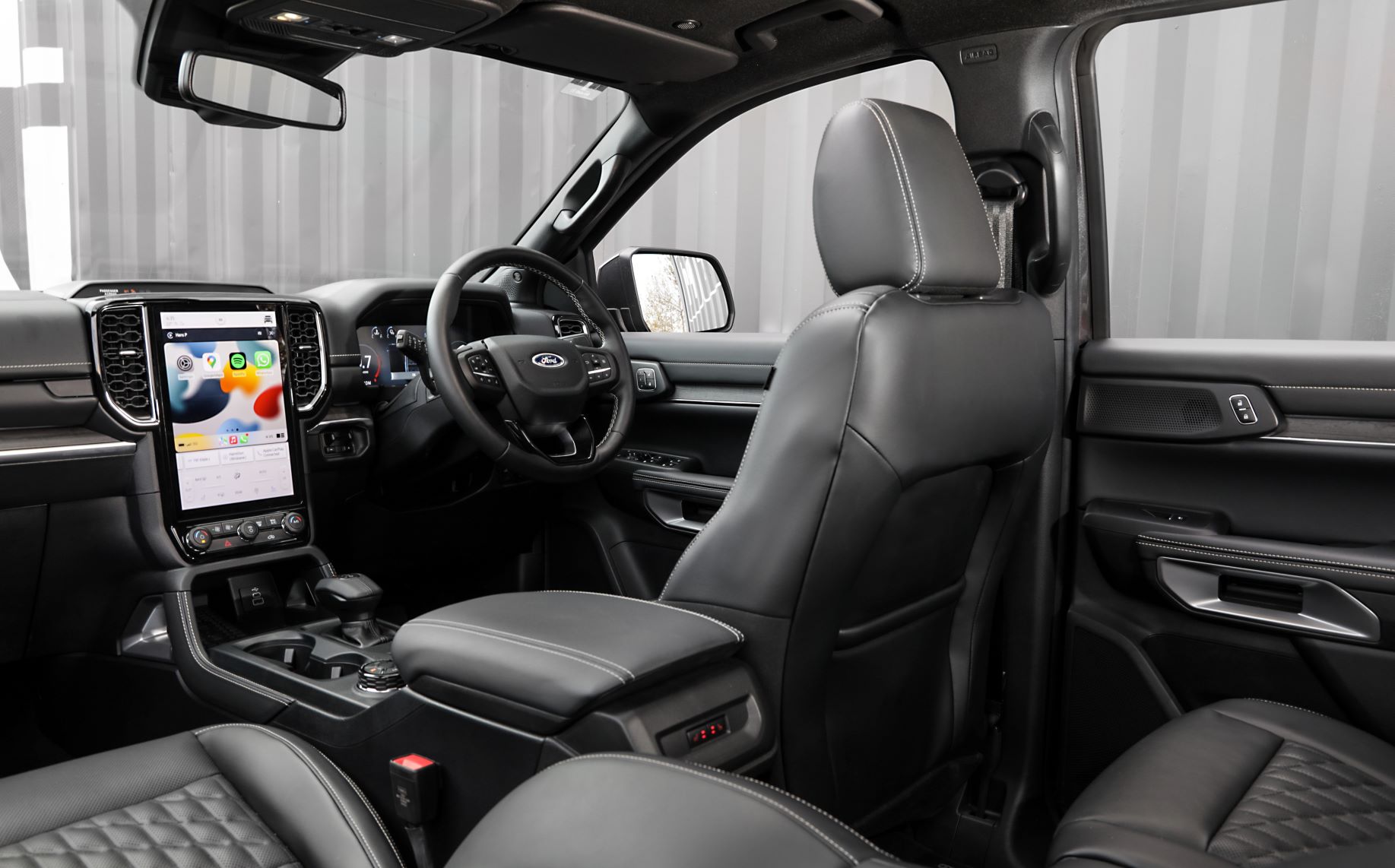
On the road, the cabin is remarkably quiet and the drive is ultra smooth, with the V6 and ‘e-shifter’ controlled 10-speed box being very in-sync with each other, in fact both engine and road noise are barely noticeable, even less so when you turn up the B&O stereo.
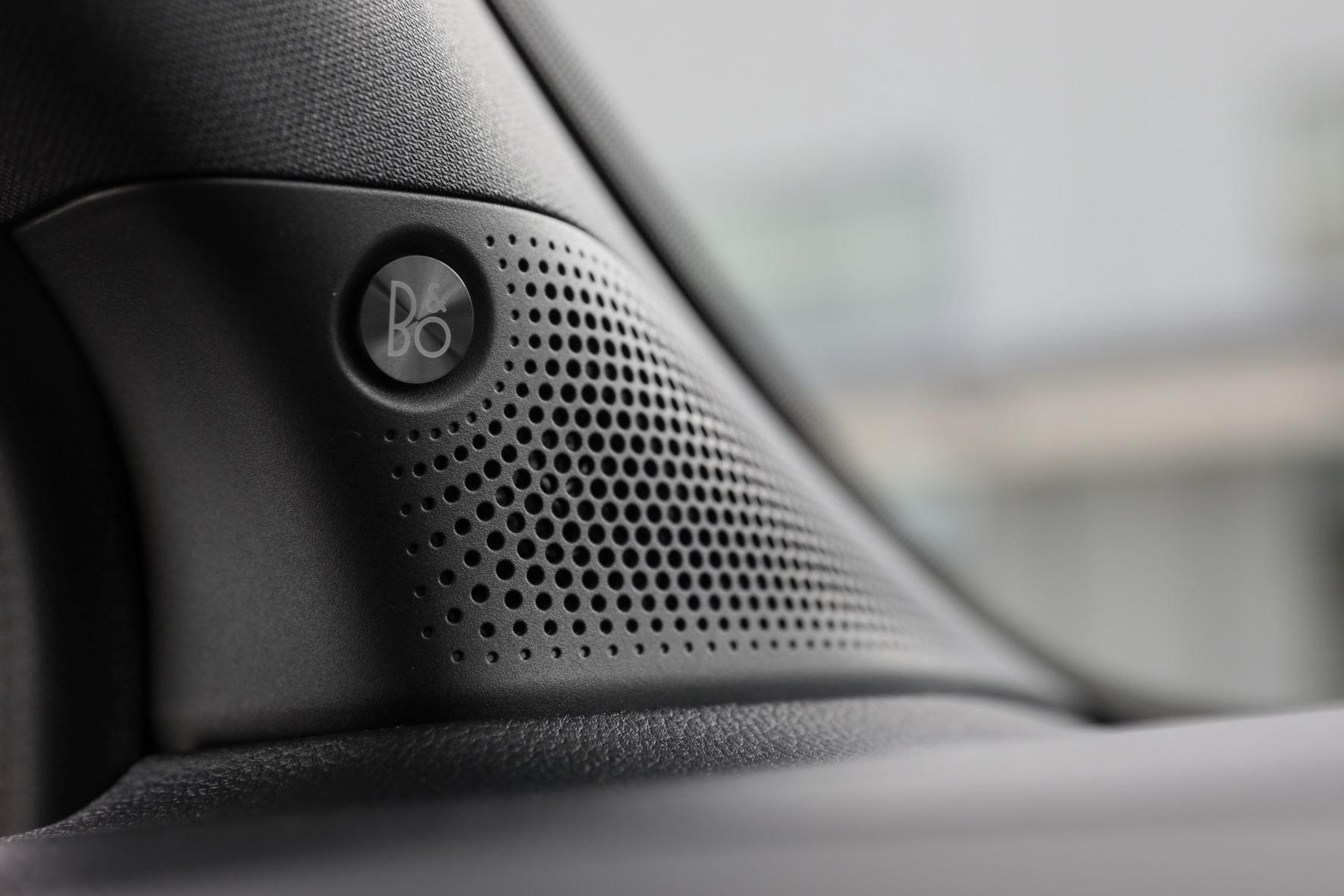
The premium leather seats are very comfortable and electronically adjustable and visibility all round is clear and uninterrupted – with the more abrupt bonnet corners making light work of the Everest’s size on the road.
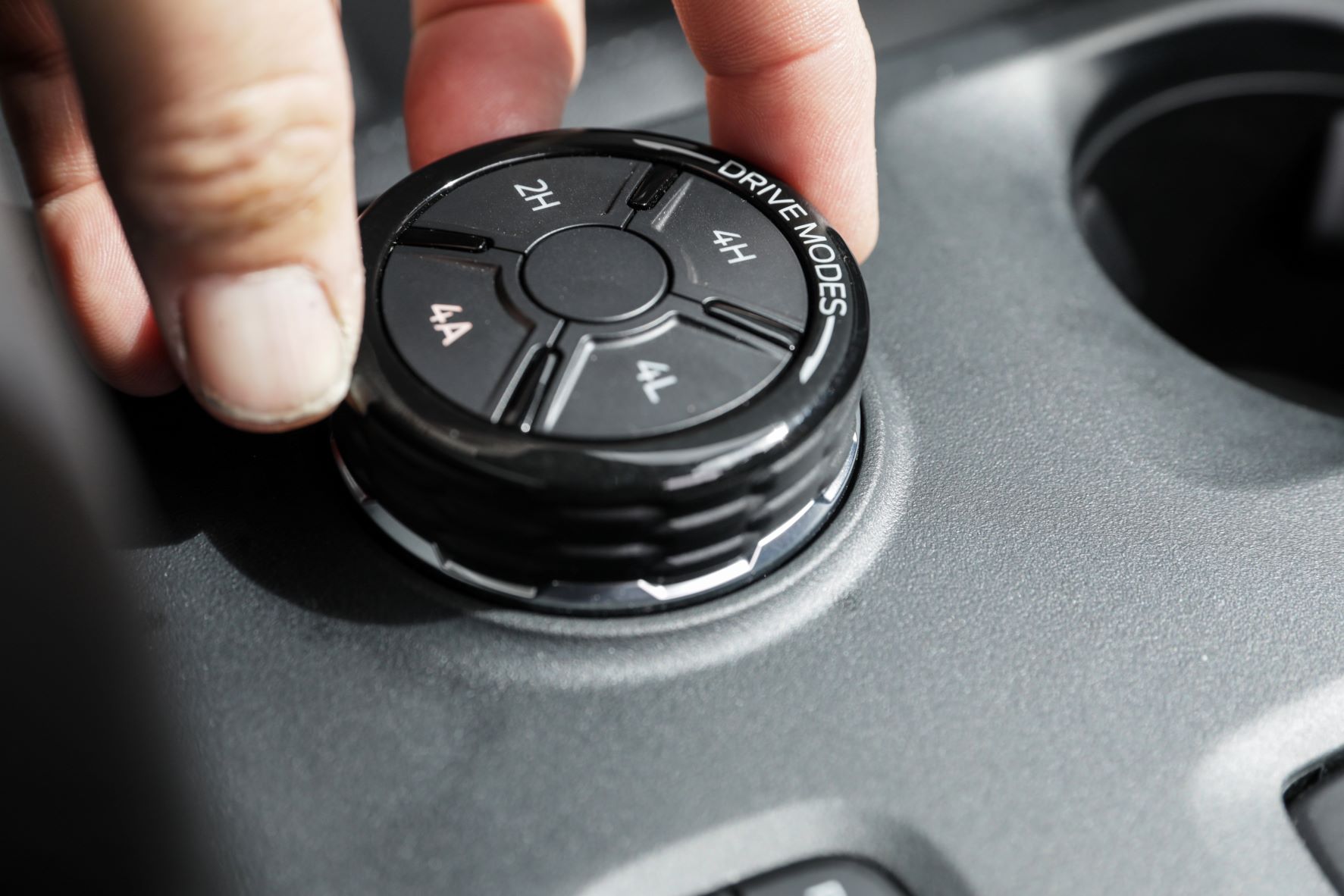
In terms of drive modes, during the on-road drive we stuck to normal and economy, selection made easy with the turn of a dial, but to me the only difference between them was throttle response and quicker movement up towards 10th. Tow/haul (3.5-tonne towing) and Slippery were available for selection but just like me when it comes to team sports, not required.
The Everest’s adaptive cruise control is both easy to select and simple to adjust and (just quietly), made the slow Everest cavalcade an effortless segment.
On the matter of ‘effortless’, following a spot of lunch, we headed off into the winery’s forestry and undergrowth for some mucky adventure, (unfortunately, the Platinum was left back at base). There we got to test out some of the Sport’s ruggedness and push some of the AWD buttons, for which there are many.
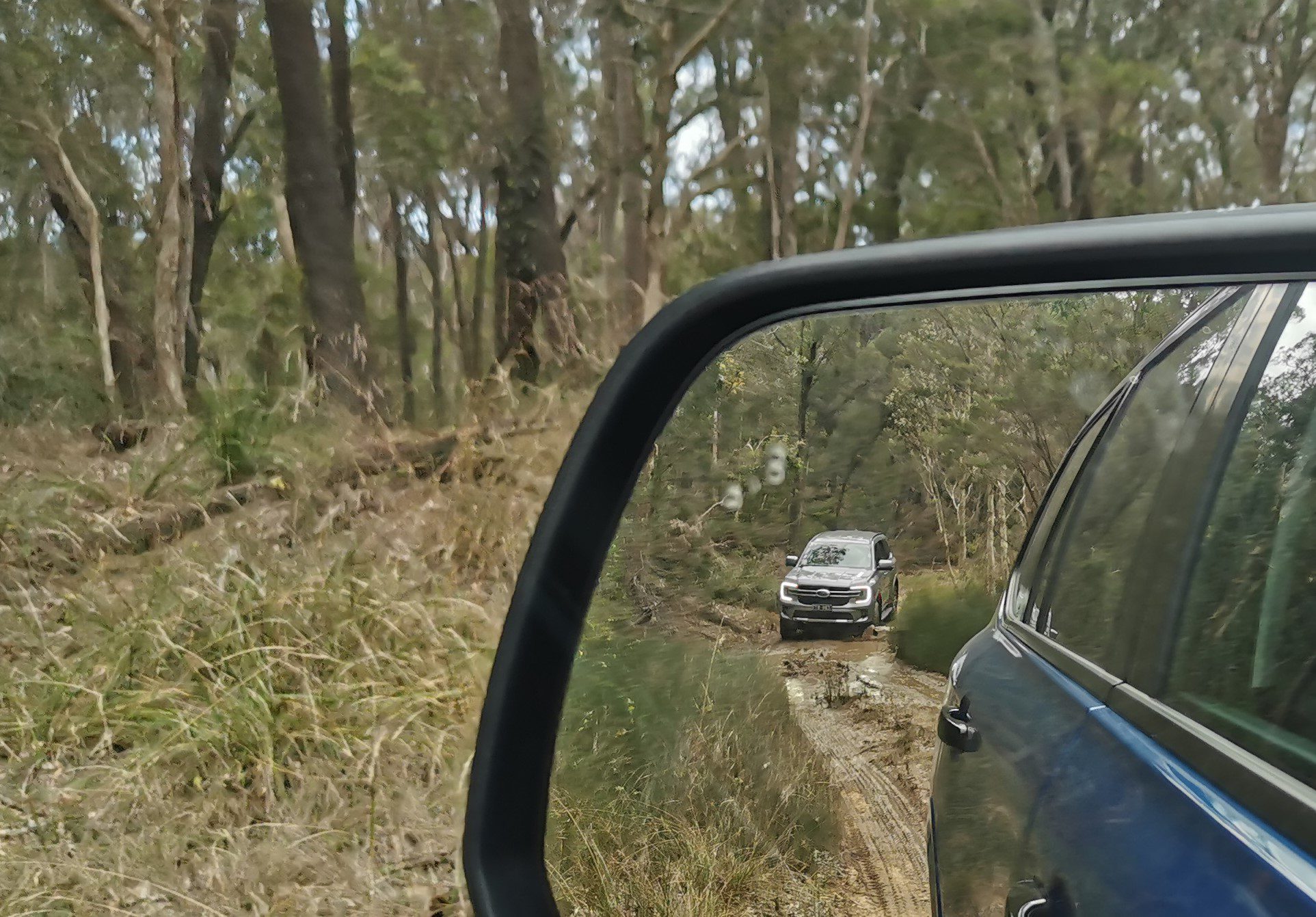
Neutral and 4L were engaged and Mud/Ruts with hill descent control engaged. With the previous day’s heavy rain having left its mark, we (by which I mean the Everest) waded through deep, water filled ditches, crawled along slippery tractor trails, and climbed and descended steep hillsides, all in the comfort of leather ‘Sport embossed’ seats and viewing the perilous Australian countryside (I am convinced EVERYTHING has been created to eat you) through the Everest’s big windows and via the strategically placed cameras that sent their crystal clear images to the 12-inch infotainment screen – which also displayed off road info such as wheel direction and tilt angles.
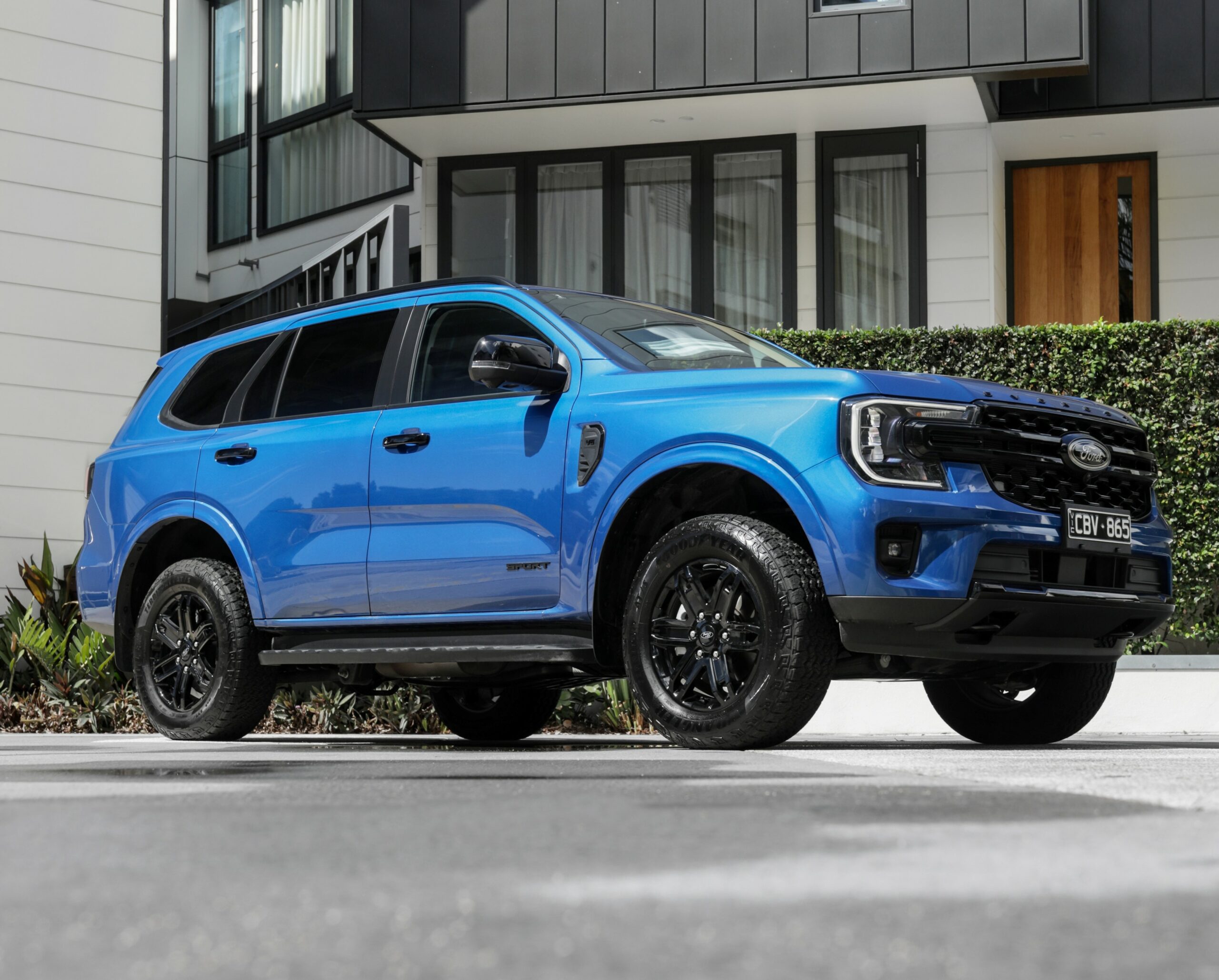
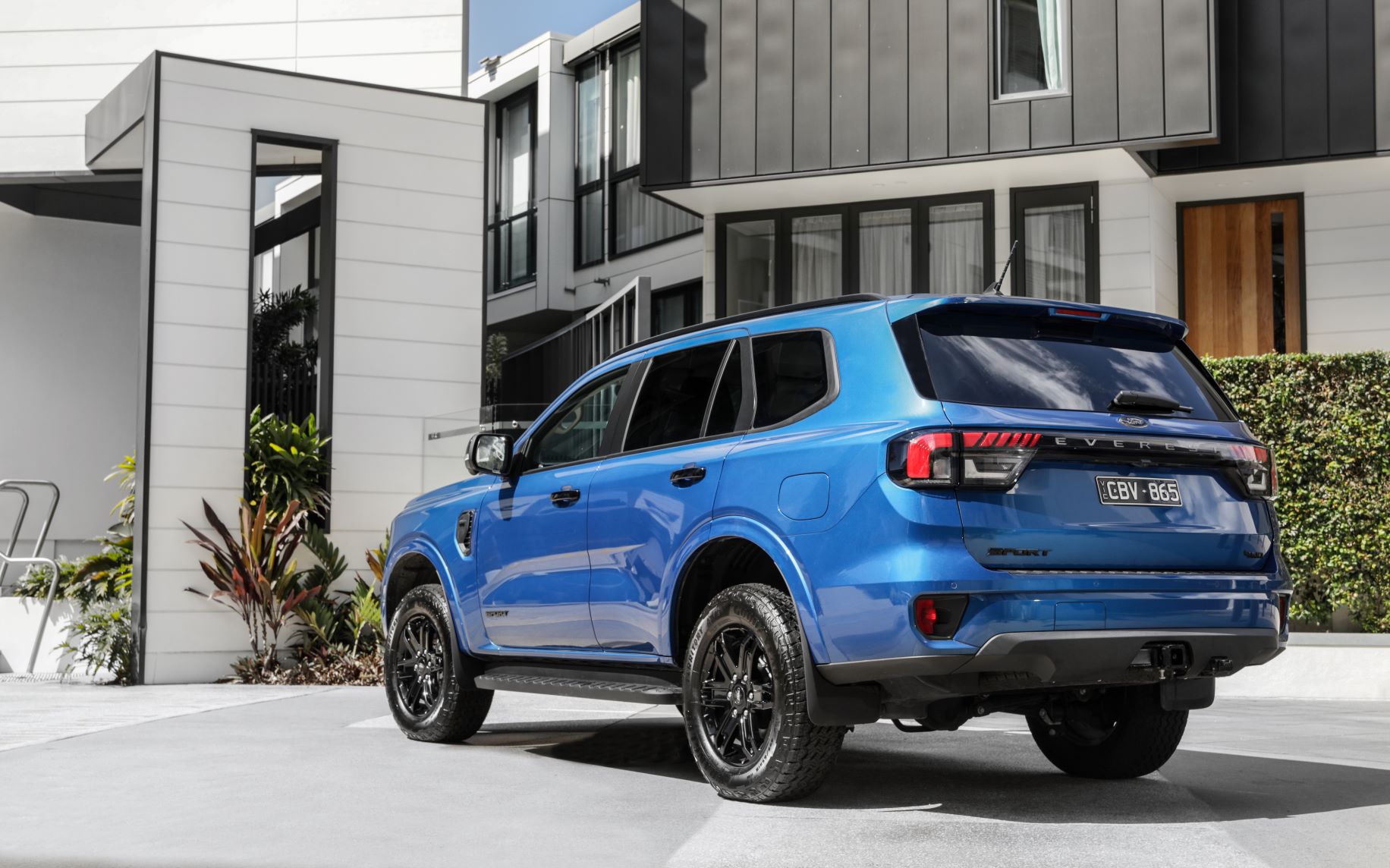
In looks, tech and capability, the next generation Everest is far superior to the previous model, which I have to say I was a big fan of. It’s more substantial in every way and actually hard to find fault with. If I was a more adventurous type of guy, then the Sport would be my weapon of choice (in blue with black pack accents), but I’m not, so Platinum all the way for me baby!

